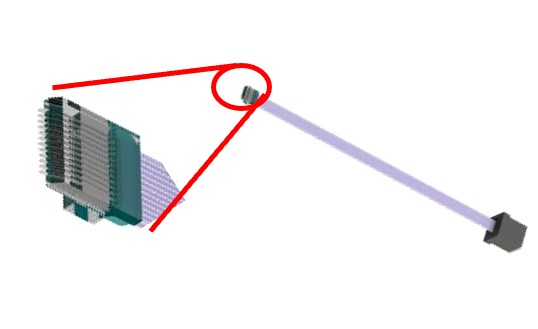产品知识:板载光学模块LIGHTPASS®-EOB 100G第1部分
I-PEX 开发了 LIGHTPASS-EOB® 100G 板载光学模块。本文介绍了该光模块的详细情况。以下是其典型特征:
- 该产品是专为近封装光学元件(NPO) 而设计的板载超薄的光收发器,可实现 100 Gbps 传输。
- 光源安装在光收发引擎上,无需外部光源。
- 该产品使用量子点激光器,即使在高温运行下也能确保足够的使用寿命和可靠性。
- 此款超薄模块,使用了对角线切割光纤阵列,因此模块高度仅为 2.3 mm。
- 它具有高散热结构,即使在 105°C 的外壳温度 (Tc) 下也能保持无差错 (BER < 1E-12) 性能。
- 它有着广泛的应用(例如,测试设备、传感器、相机、机器人、医疗、航空航天和车辆)。
LIGHTPASS 产品系列的主要特点是:
1: 超薄光学模组
2: 超小型光收发引擎
3: 高速、扁平、电连接器
4: 超薄型光纤阵列
5: 高散热模块结构
6: 超薄光收发器模块评估结果
1: 超薄光学模组
超薄光模块 EOB(Embedded Optical Blade)得名于通用术语 EOM(Embedded/Electro Optical Module),它描述了一种光电转换模块。
1) 产品规格
- 传输速率:100 Gbps(NRZ,25 Gbps x 4 通道)双向
- 尺寸:(宽)29.8 毫米 x (深)29.0 毫米 x (高)2.3 毫米
- 光纤:Φ50/125 MMF
- 波长:1310 nm
- 电子接口:CABLINE-CA® 0.4 mm 间距,60 针,带机械锁的水平配对连接器
- 光接口:12 芯 MT 连接器,250 μm 间距
- 可操作性:内置 MCU,无需用户控制
- 工作温度范围:-40°C ~ +85°C (+105°C) 外壳温度
- 安全:1 级
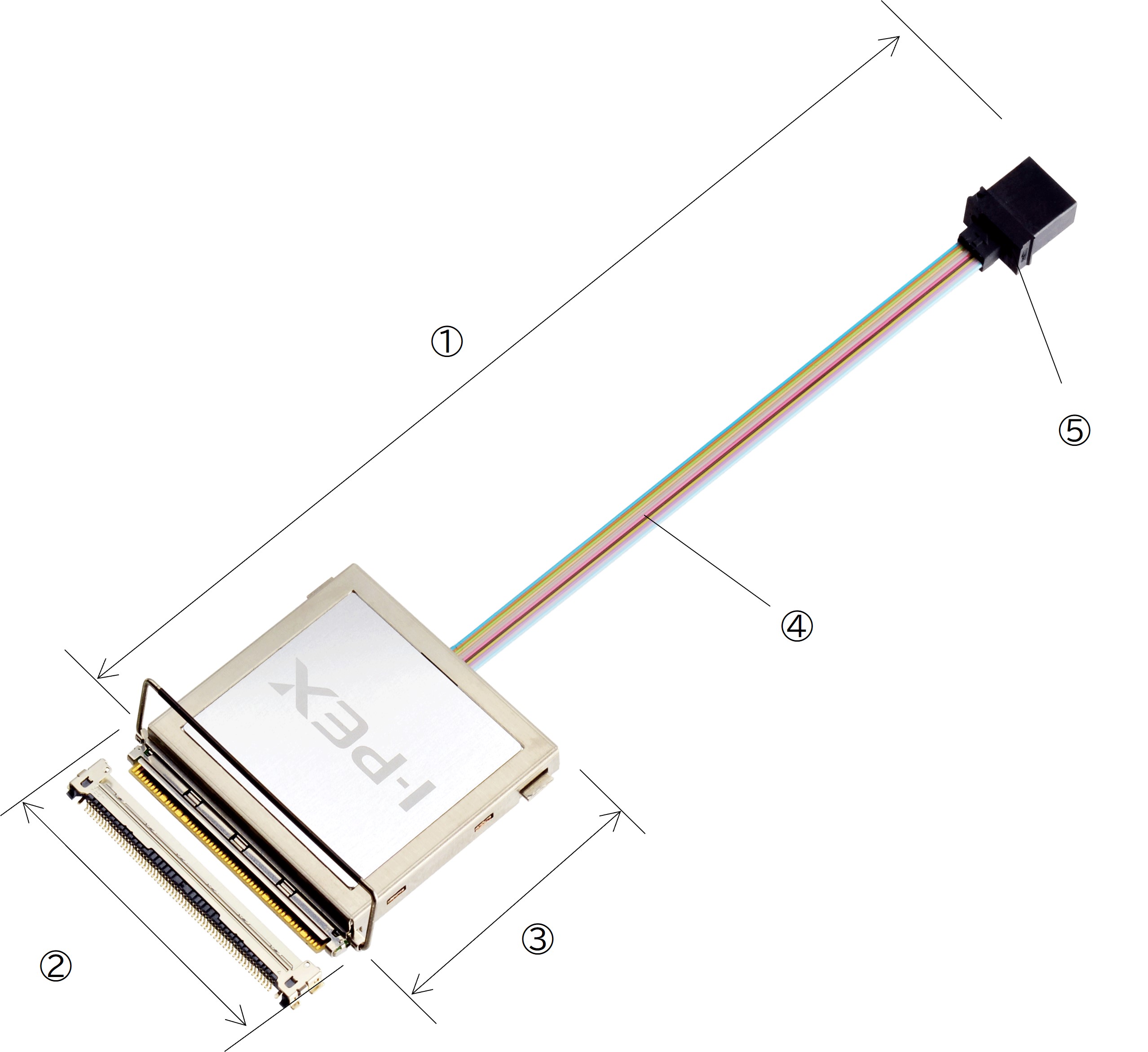 |
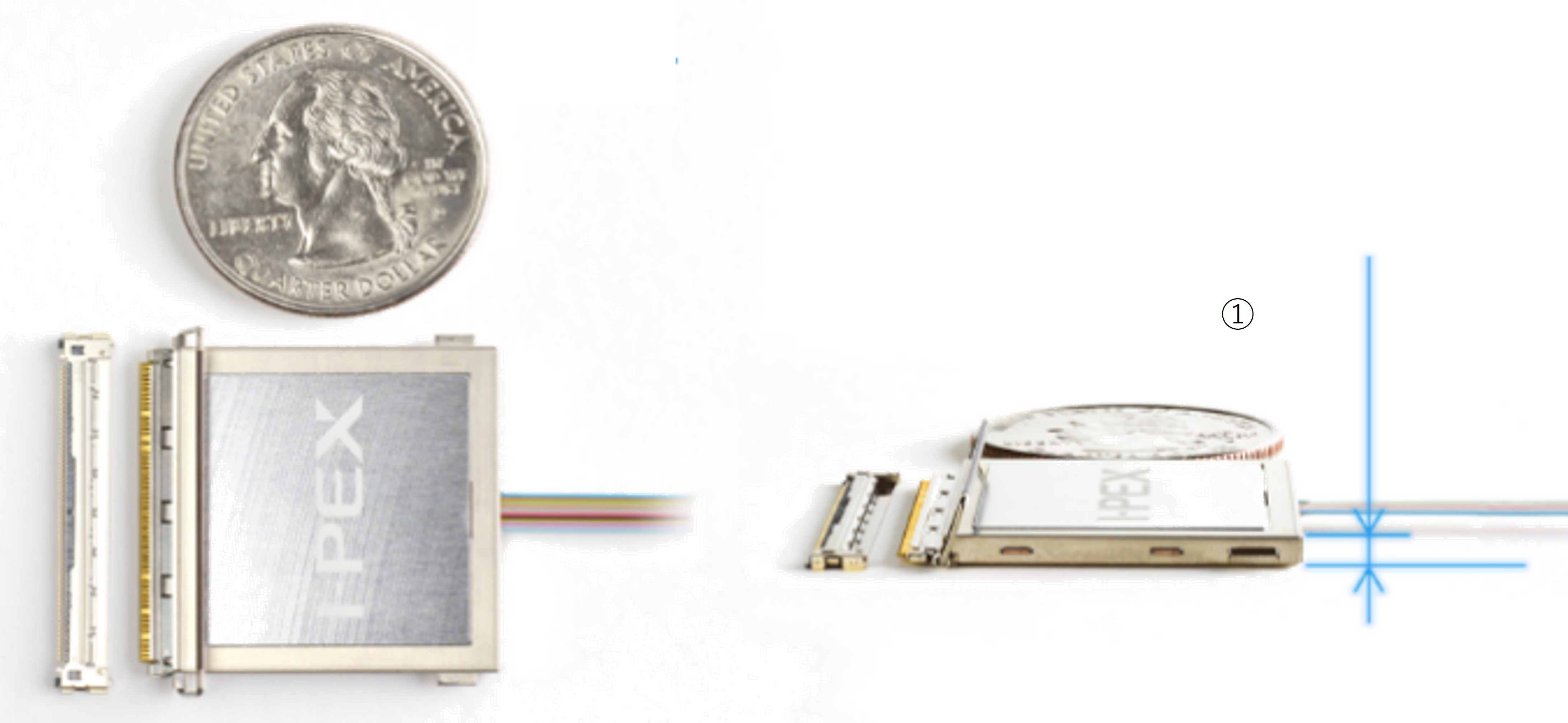 |
2) 组件

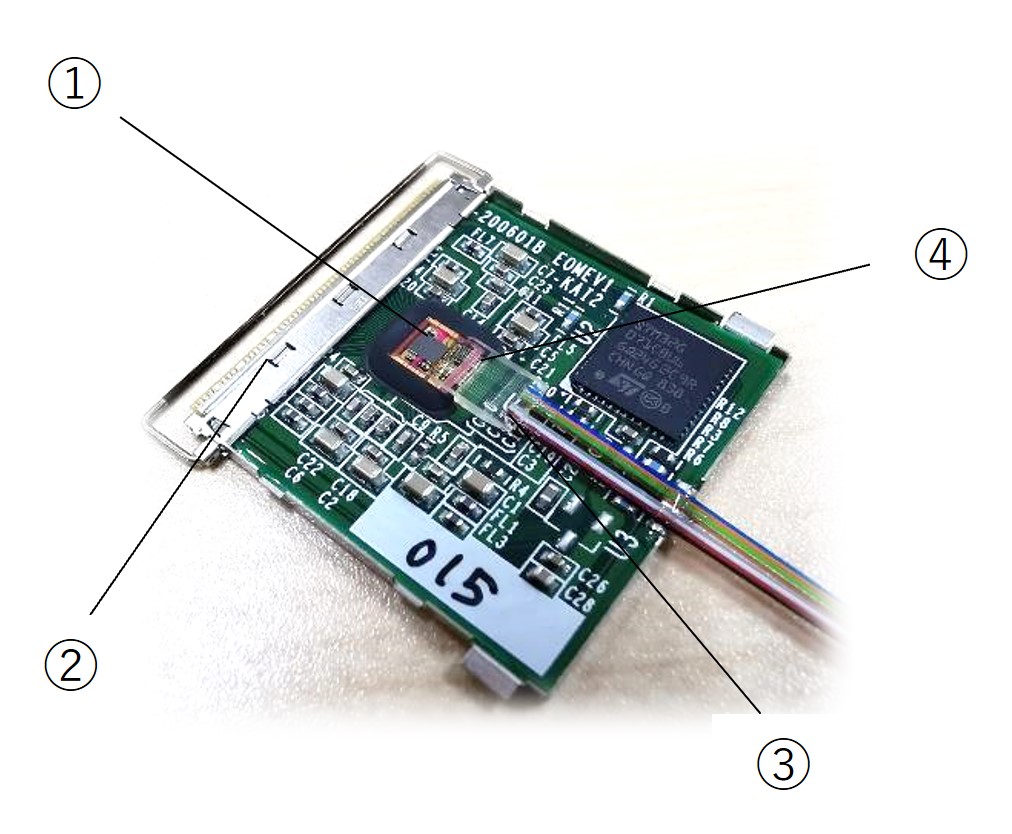 |
①IOCore®
|
3) 特点
1. 超薄结构
较低的元件高度,使其便于安装在散热器和风扇下方或放置在 ASIC 附近,从而最大限度地减少电路板传输损耗。
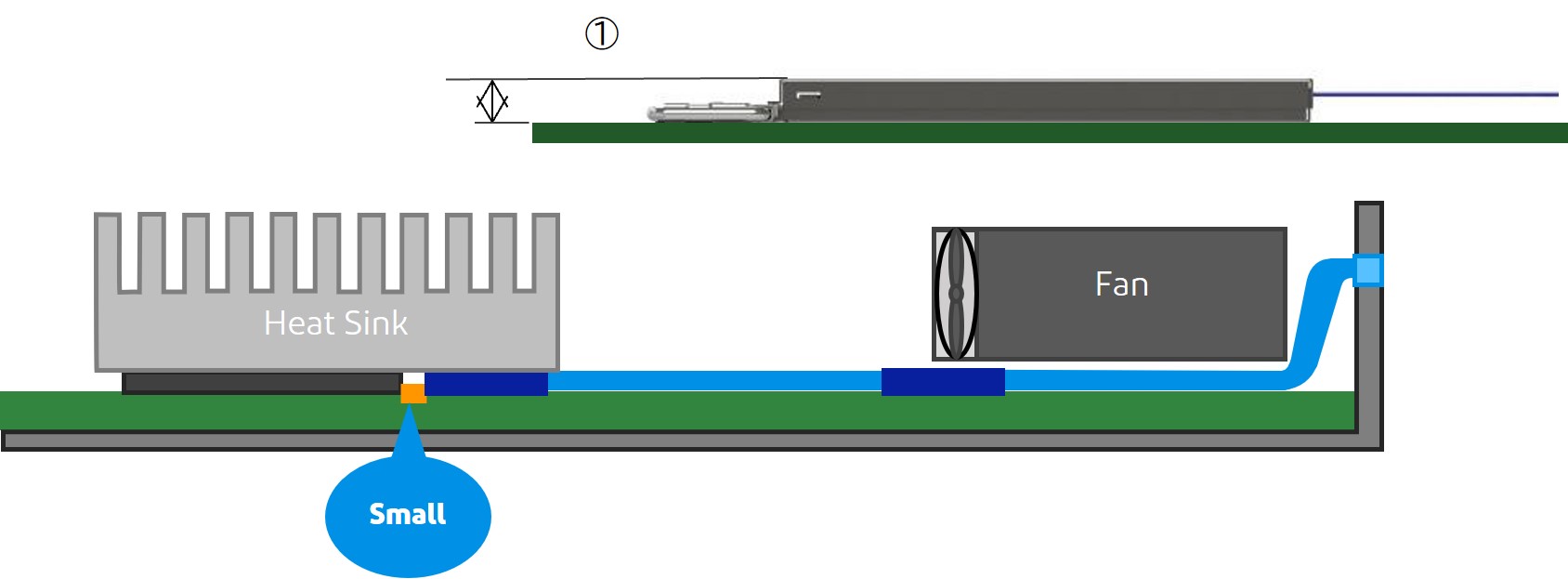
2. 散热性能高
热量通过极薄的金属外壳和扁平结构扩散
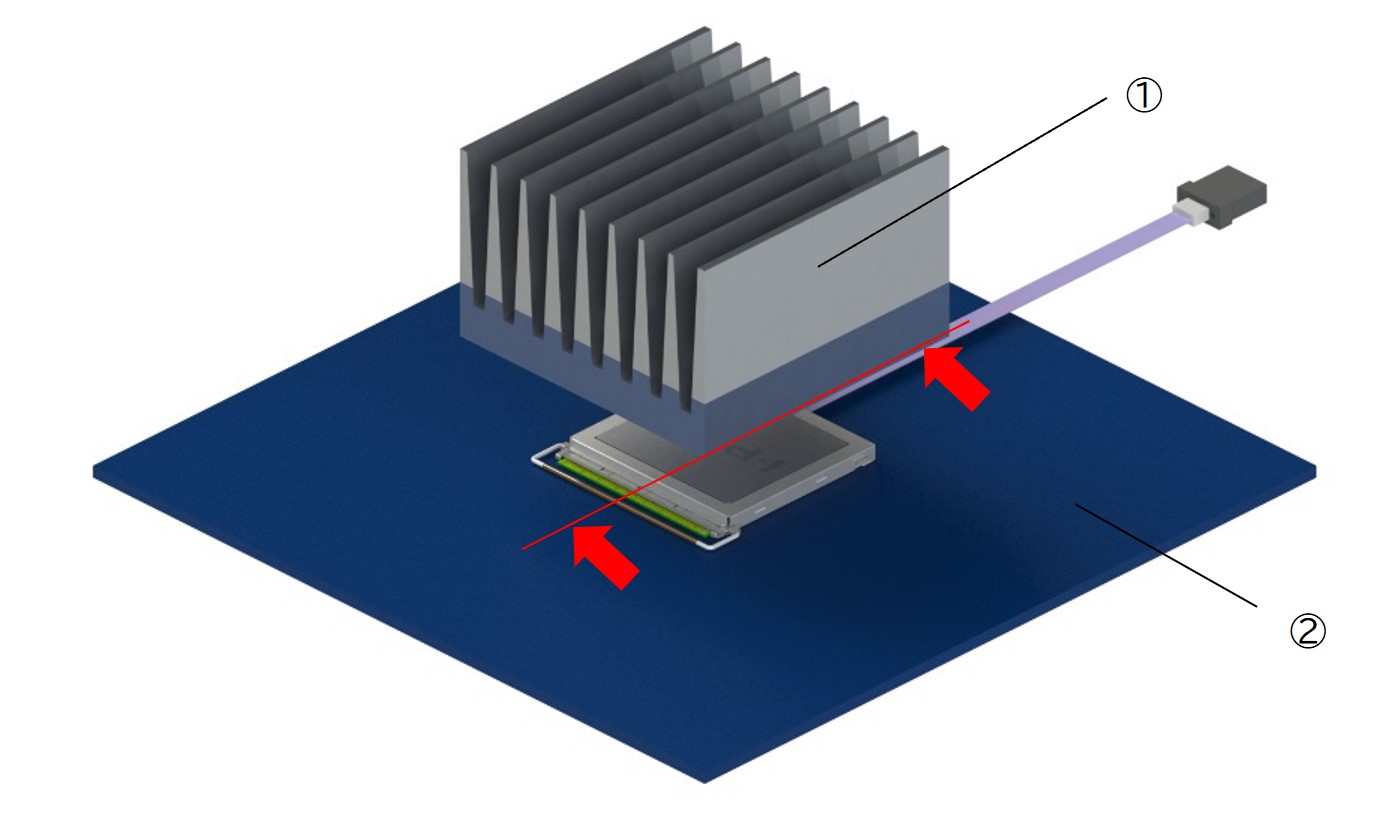
②印刷电路板
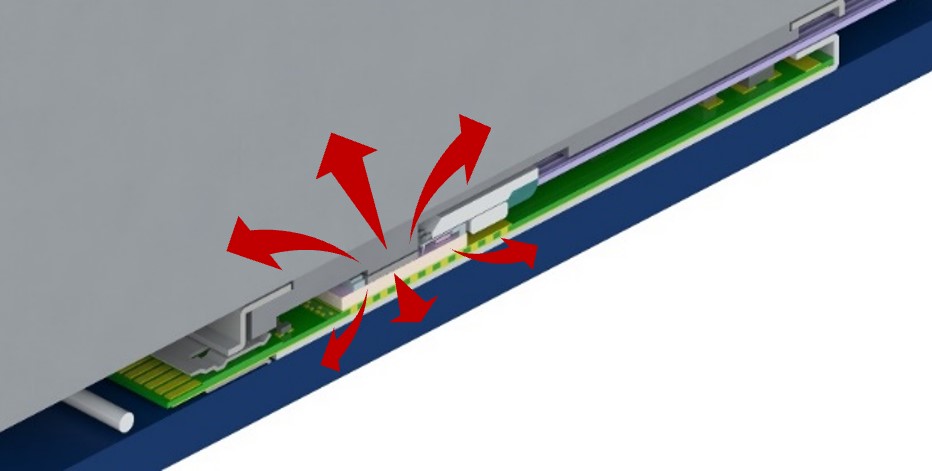
3. 机械锁扣结构
连接器上的锁定杆可防止不完全嵌合或没有嵌合的情况发生,定位柱可防止光学模块因振动而浮动。
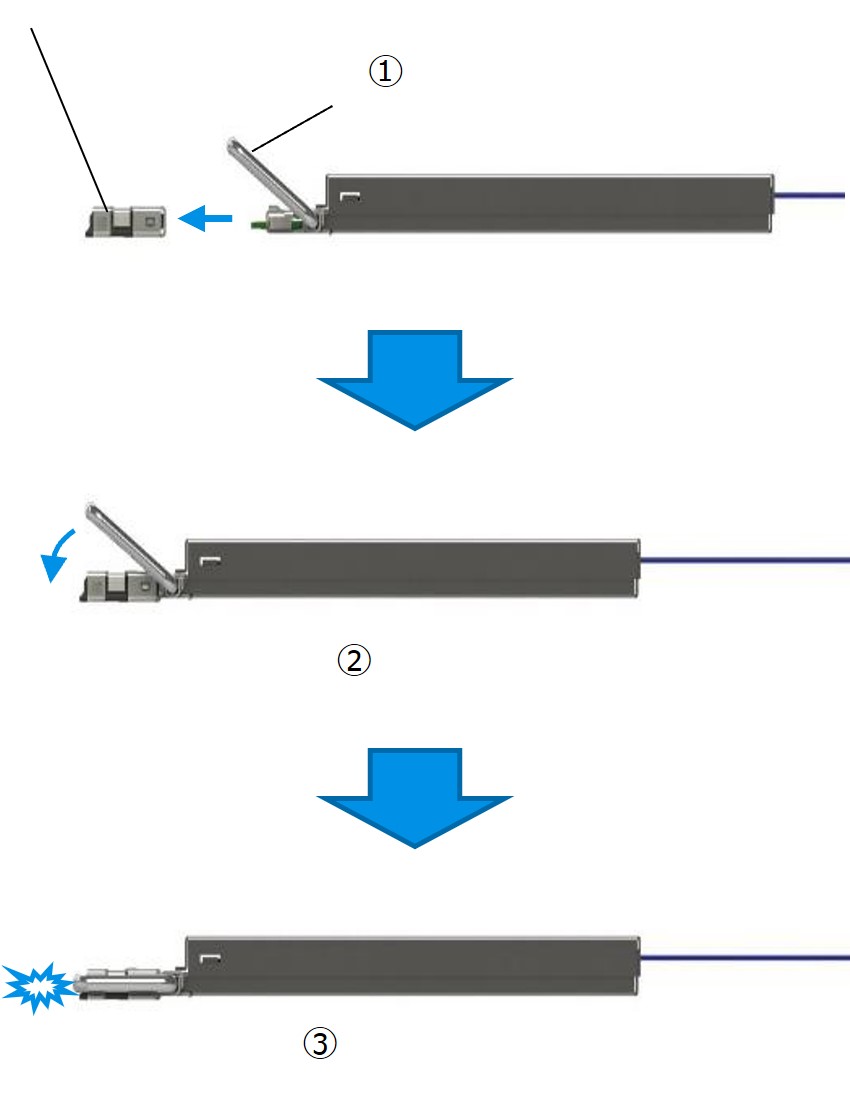
 |
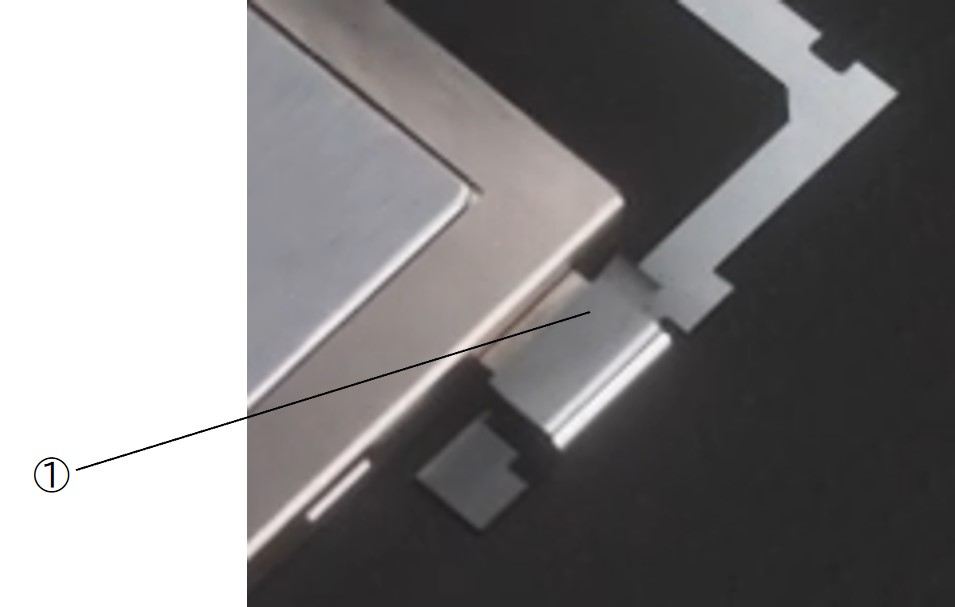 |
next chapter: 2: Ultra-small optical transceiver engine


